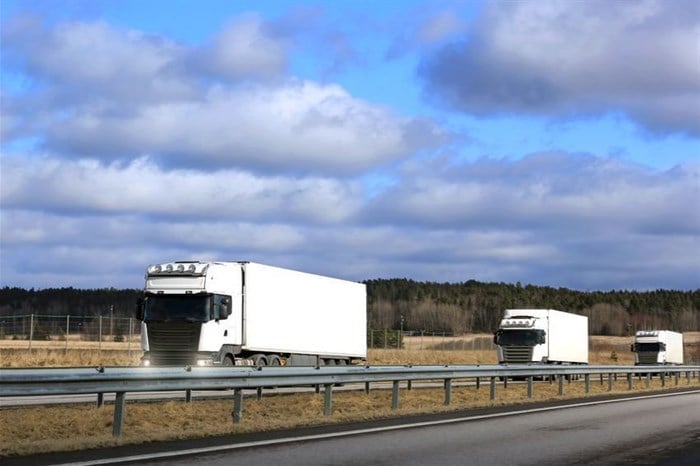Road Safety Report on SA transport sector released

Out of a total of over 14,000 vehicles represented by various companies that responded to the survey, 1,253 (8.9%) collisions occurred, ranging from minor "bumper bashing" to major collision incidents. Causes of collisions ranged from other road users (33%), distracted driving (21%), driver fatigue (12%), speeding (7%), reckless driving (7%), poor road conditions (7%), drunk driving (4%) and pedestrians (1%). Other factors included animals, weather conditions and vehicle faults.
Transport operations
"With the persistent culture of non-compliance amongst motorists and officials alike in South Africa, it is not very surprising that transport companies placed other road users as the leading risk factor in the collisions they experience," says Justin Manson, sales director at Webfleet. "With recent news coverage seeming to place the blame on truck drivers, the reality is that other motorists, who may not be held to certain sector-specific driving, training and safety standards, contribute to the rising number of road incidents.
"Unfortunately, this and other external factors, like road conditions and weather, are out of transport operators’ control. They do, however, have the ability to substantially bring down risk in the areas they do have control over," he adds.
Encouragingly, only four companies went the entire year under review without a crash, and one company recorded two crashes in its entire fleet of 160 trucks running over 6,000,000km per year. This company operates in the Dangerous Goods sector, where legislated standards are higher than those acceptable to general haulage.
Another company recorded 11 crashes in its fleet of 205 trucks running over 25,000,000km per year. This company operates in the 'white and brown' goods sector.
Road traffic improvement
The trucking sector in South Africa has, for years, been unable to measure national road incident statistics – and particularly the causes - on an accurate basis. However, what is known is that the number of road incidents is increasing, according to annual statistics from the Road Traffic Management Corporation (RTMC).
"The difficulty in achieving improvements in this arena lies in the lack of accurate data to enable road safety practitioners to measure the actual situation to manage it more effectively," Manson says. "Data must go further than just counting the number of road incidents or the number of deaths. There is a need to look deeper into the contributory factors and this data is not readily available in South Africa."
Transport companies that participated in the survey represented large and small companies carrying a broad spectrum of goods for a wide variety of industry sectors.
Individual fleet sizes ranged from one up to 3,500 vehicles, giving a good representation in terms of small, medium and large fleets. One respondent representing the Road Transport Management
System (RTMS) steering committee replied collectively on behalf of RTMS-accredited companies that operate over 4,000 trucks.
The survey revealed that those that experienced the least rate of collisions were those that maximised their efforts in driver training, safety protocols, driver health, and the use of telematics solutions.
Over 50% of respondents report a noticeable reduction in collisions since the implementation of telematics systems that allow for the live monitoring of vehicles (including tyre pressure, engine problems and diagnostics), road conditions and driver behaviour.
"Telematics offers a continuously evolving data set, with road-facing and cabin-facing HD dashcam event footage displayed alongside driving data to give users the full context of road incidents," says Manson. "Users can request footage from a specific time and position of a previous trip or instantly livestream from the road, to take action immediately when an incident occurs. Over time, this data can inform road safety policy, industry best practice and the education of general road users, saving lives, as well as billions of rands in assets lost through collisions each year."















